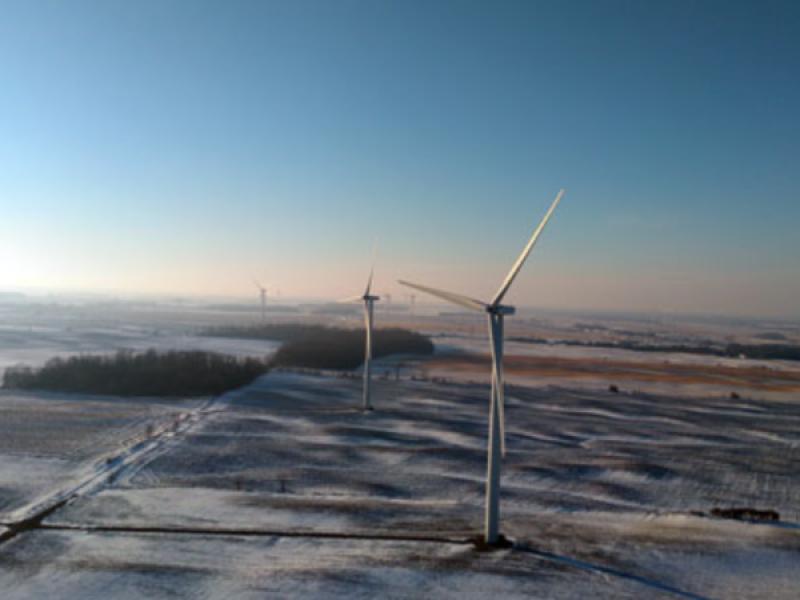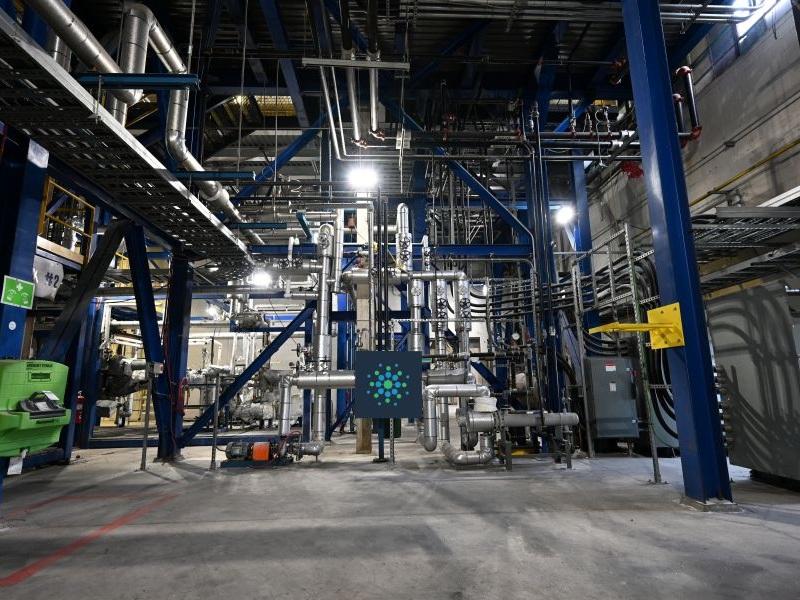 Canada’s methane mitigation industry is a homegrown success story according to a new report partially commissioned by the Pembina Institute, and could also add significantly to provincial government revenues.
Canada’s methane mitigation industry is a homegrown success story according to a new report partially commissioned by the Pembina Institute, and could also add significantly to provincial government revenues.
“Capturing this commodity, natural gas or methane, actually has a positive impact on the coffers of the provinces. For example, in 2022 Alberta wasted something like $671 million worth of natural gas through fugitive and intentionally released emissions,” according to Ari Pottens, senior campaign manager, Canada, at Environmental Defense Fund, which co-commissioned the report.
“That dollar figure of wasted gas turns into something like $120 million in lost royalties and taxes that would have been collected.”
The study, Canada’s Methane Opportunity: Innovation, Exports, Jobs, was written by Datu Research.
It looked at 359 sites across Canada with methane mitigation efforts, including manufacturing detection technology, physically discovering leaks, or conducting associated back-office tasks related to the industry. It found 97 companies are headquartered in Canada, with a further 42 operating here, but with head offices elsewhere.
“The methane mitigation sector is big business here in Canada. It’s a young but it’s a thriving industry. And 97 of those companies are Canadian, which is amazing,” Pottens told Sustainable Biz Canada.
Employees in the sector are also doing well financially, according to the report. Median wages range between $20 to $60.58 per hour, versus $29 to $66 per hour for workers in oil field production.
What exactly is methane mitigation?
“When oil and gas producers extract either oil or gas, there’s intentional venting or flaring, which is when the company has too much of a product and they are not sure what to do with it, and it just gets released into the atmosphere," Pottens explained. "Or in cases, they’ll use equipment that intentionally releases those byproducts or releases the gas, just by design, and so that’s all called venting, or if it’s burnt, it’s called flaring.”
This also includes “fugitive” emissions, in which methane gas escapes from somewhere along the supply chain due to valves being stuck open or other similar reasons.
“The methane mitigation industry uses technology or their service providers, in a lot of cases, to identify these leaks or these emissions and to come up with solutions to that. It could be manufacturing a type of equipment that doesn’t intentionally vent gas, or it might be using a satellite to identify leaks and energy infrastructure and many other things in between,” Pottens said.
Some of the more innovative technology that was uncovered by the report includes satellite detection from GHGSat, a company with offices in Montreal, Calgary and Ottawa, which bills itself as “global leader in high-resolution remote-sensing of greenhouse gas from space.”
Edmonton-based Sirius Controls was also profiled in the report. It manufactures solar-powered pumps that replace methane-emitting units currently in operation.
In addition, by improving the cleanliness of natural gas — of which the majority of its makeup is methane — there is an incentive to sell more to foreign shores, he said.
“It can help improve Canadian energy’s access to markets that demand a less polluting form of energy, so low methane, natural gas, low-intensity methane natural gas, and to cut back on climate pollution all at the same time.”
The EU, as well as some Asian markets, are increasingly demanding cleaner energy imports, according to Pottens.
“If these methane-mitigation companies can help industry produce a cleaner product, then in theory, they’re producing a product that is in higher demand globally.”
The report also pointed to federal regulations that have enabled this industry to thrive.
“If the government moves forward and follows through on its commitment to pass regulations that will reduce oil and gas methane emissions, I think there’s a tremendous opportunity there,” Pottens said.
“Prime Minister (Mark) Carney included a methane commitment in his platform, and there’s a tremendous opportunity to move forward with that commitment reducing methane emissions by 75 per cent, which will help Canadian competitiveness when it comes to market access for cleaner energy, but should also help foster this young, but already thriving, methane mitigation industry made up of the companies found in the report.”










